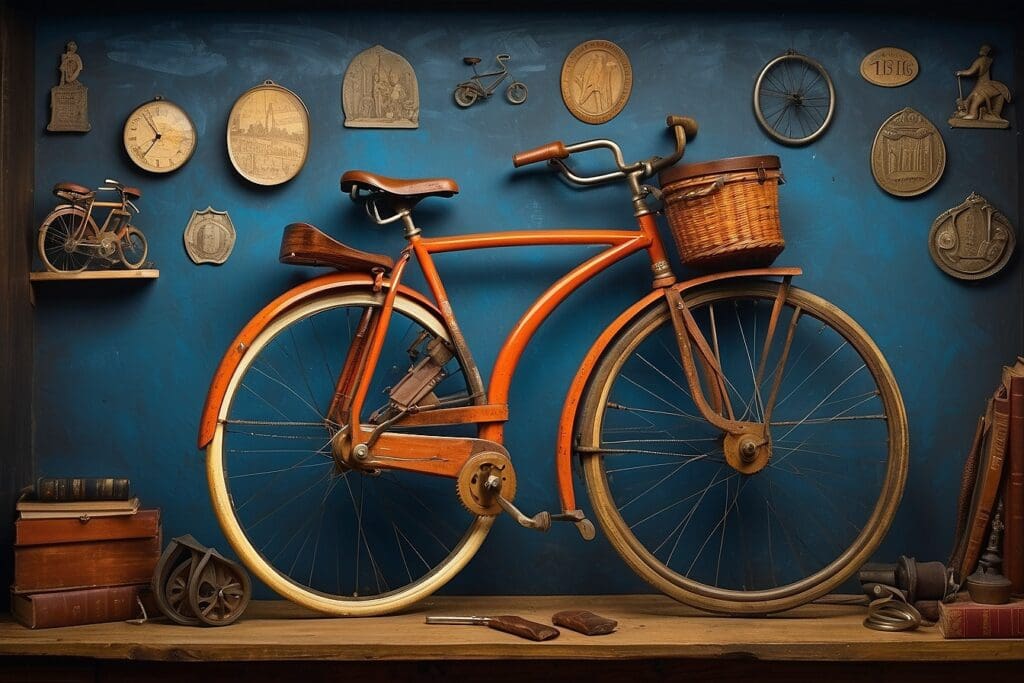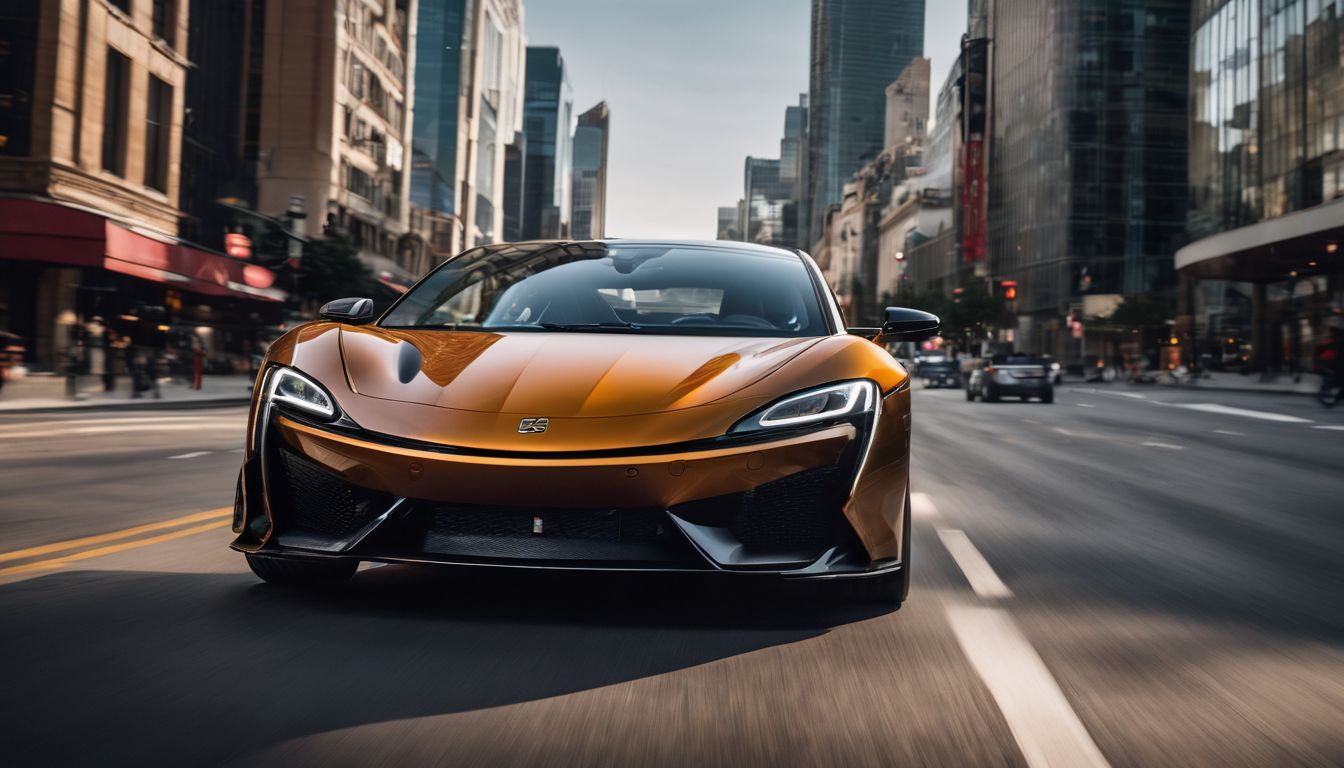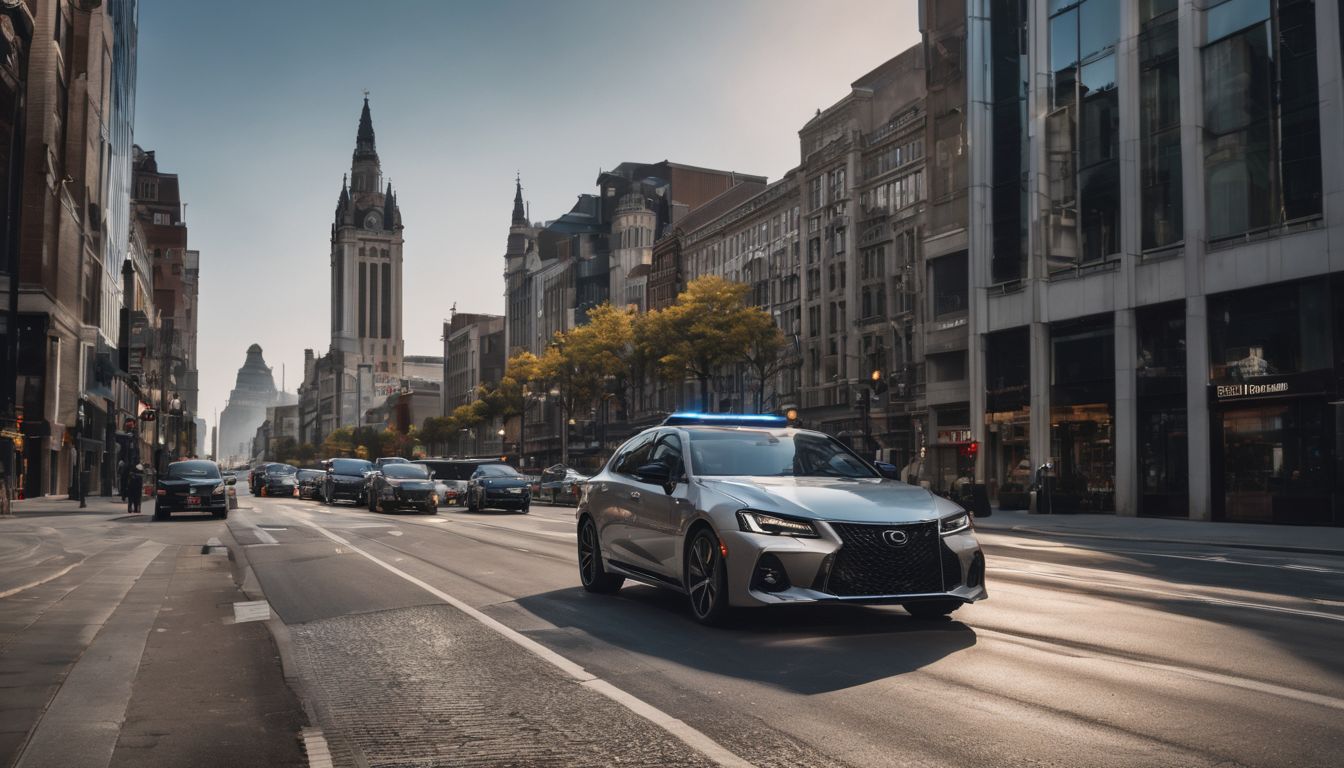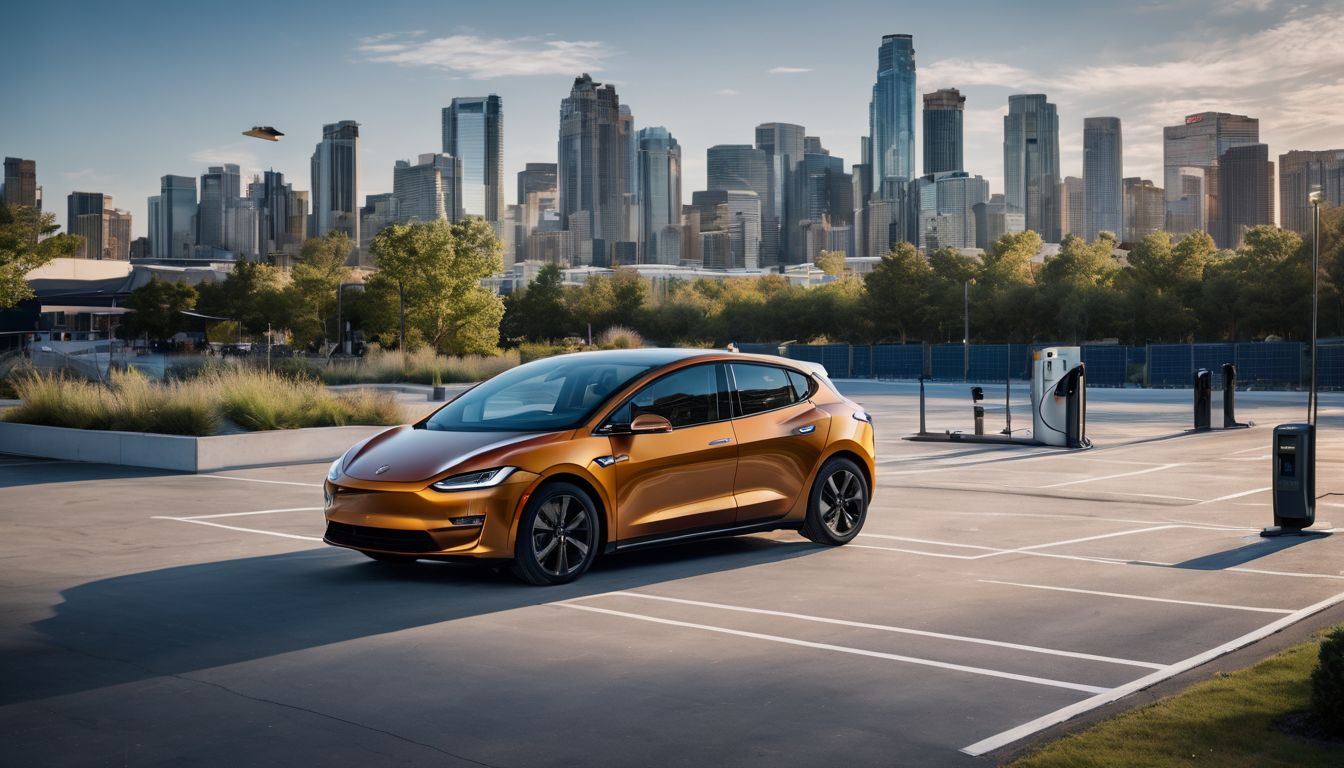In a short essay Taming the Bicycle, Mark Twain tells his readers to “Get a bicycle. You will not regret it, if you live.”1 Now that we live in an age of cross-country bicycle racing and high-tech mountain bikes it’s hard to believe that Twain would be so skeptical about the future of cycling. As the bicycle evolved throughout the 19th century it went through many wild designs before it became the safe, efficient model we use today.
THE EARLIEST BICYCLES
The first bicycles appeared in the early 1800s. Baron Karl von Drais developed a running machine of sorts using various parts of horse-drawn wagons. In fact, Drais wanted to build a machine that could serve as an alternative to the horse-drawn carriage because a crop failure in 1816 had led to the starvation of many horses.3
Even though this machine—called the “draisienne” or “running machine”—was made entirely of wood and did not have pedals, springs or brakes, the resemblance to today’s modern bicycles is undeniable. A rider could operate the bicycle by using his or her feet to push the frame forward on its two wheels and then steering the front wheel.4 Unfortunately the draisienne was short-lived, as it could only be ridden on well-maintained pathways in parks or gardens. It was not practical for transportation.5
By the early 1820s a British coachmaker named Dennis Johnson had improved the running machine by giving it a more elegant shape and bigger wheels for a more comfortable ride. New names such as the “velocipede,” “hobby-horse,” and “dandy horse” were coined by the public. The velocipede became all the rage amongst members of British high society, especially the “dandies,” the Corinthians of the Regency, hence the “dandyhorse” nickname.6
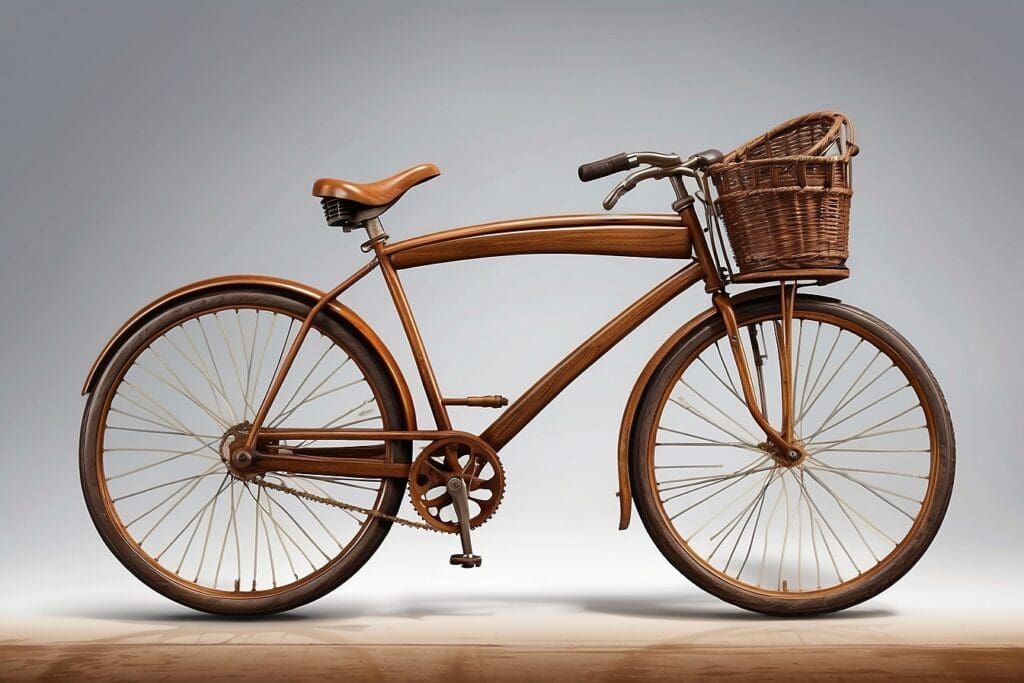
THE BONESHAKER
In 1863 Ernest Michaux invented the first velocipede design to be a commercial and popular success across multiple classes of society. Michaux designed a bicycle the included rotary cranks and pedals mounted to the front wheel. Instead of running along the ground to propel the bicycle forward, a person could now pedal.8 Because the bicycle was made of hard materials, straight angles and steel wheels, it was a bone-rattling ride. The machine quickly became known as the “bone shaker,” even after improvements like ball bearings and rubber tires were introduced.
THE HIGHWHEELER
Once the boneshaker started to take-off, improvements in bicycle technology quickly followed. Manufacturers started to sell bikes with front wheels as high as the rider’s leg length to provide a better “gear ratio.” This advancement increased comfort and speed, as one could travel a longer distance with each rotation of the pedals and there was more tire to absorb road bump shocks.11 These bicycles were commonly known as “highwheelers,” “ordinaries,” or “penny farthings”. Unfortunately, because the rider of a highwheeler sat so high above the center of gravity, accidents were very common. If the front wheel was stopped by a rut in the ground, the rider would be propelled forward and “take a header” with his or her legs caught under the handlebars.12
THE MODERN BICYCLE
The definition of a modern bicycle is “a rider-powered vehicle with two wheels in tandem, powered by the rider turning pedals that are connected to the rear wheel by a chain, and having handlebars for steering and a saddlelike seat for the rider.”13 The difference between the highwheeler and the modern bicycle, therefore, is two-fold: the wheels are the same size, and the pedals are connected to the rear wheel by chains rather than the front wheel.
The first bicycle to fit this definition was the “safety bicycle,” invented by John Kemp Starley in 1885.14 As the name implies, the safety bike was safer than the highwheeler. Improvements in metallurgy allowed for the production of fine chains and sprockets that were light enough for humans to maneuver. With this advance, each pedal turn could generate speeds equivalent to those produced by highwheelers.
Once the safety appeared on the scene, bicycles became mass produced and massively popular. Women’s frames were introduced in the late 1800s to pave the way for more “common-sense dressing.” Derailleurs introduced in the 1930s allowed bicycles to go at multiple speeds, mountain bikes and BMX bikes became popular in the 1970s, and demand for better bicycling infrastructure has become a major issue in most large cities.15 Copenhagen in Denmark is one of the leading cities in this regard, with over 390 kilometres of designated bike lanes. 37% of all trips to work and school in the city are now done on bicycles.16 In the US bike activists organize activities like critical mass17 and bike parties18 to try to advance infrastructure and thus contribute to further development of cycling history.

